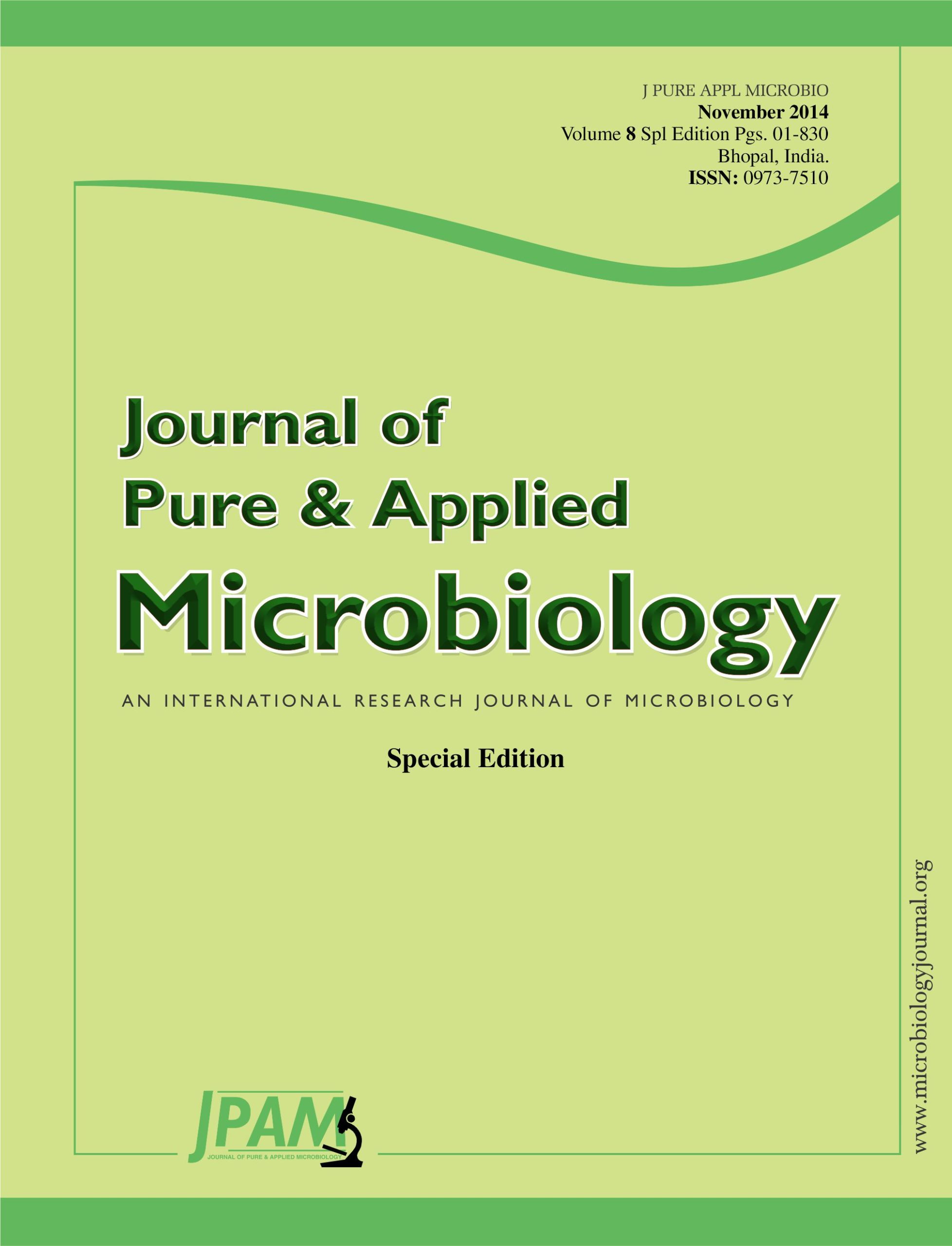The use of waste water in agriculture and aquaculture was sensitive subject. Microbial contaminants in cucumber from the use of sewage water, the air during harvest and transportation stayed in cucumber. Samples were collected from Riyadh outside markets and from supermarkets, washed with tap water, 99% ethanol and sterilized distilled water. Cucumber endocarp sliced in circles and exocarp peels were placed on Mueller Hinton agar, incubated at 37°C overnight. The isolates from the peeled exocarp were Forty one sub cultured and colonies were gram stained. Bacterial colonies were studied morphologically, biochemically and antibiotic susceptibility. The colonies from outside cucumber markets and supermarkets in Riyadh were compared. Sections of the isolated colonies were investigated using scanning electron microscopy. Our study was aimed to identify some pathogenic bacteria in cucumber and provide advice to the consumers in limiting the transmission of infection and consequently help to reduce the risk of infection from eating contaminated cucumber.
Contamination, Bacteria, Cucumber peels, Riyadh market, Saudi Arabia, gram staining, SEM, Antibiotic susceptibility
© The Author(s) 2014. Open Access. This article is distributed under the terms of the Creative Commons Attribution 4.0 International License which permits unrestricted use, sharing, distribution, and reproduction in any medium, provided you give appropriate credit to the original author(s) and the source, provide a link to the Creative Commons license, and indicate if changes were made.


